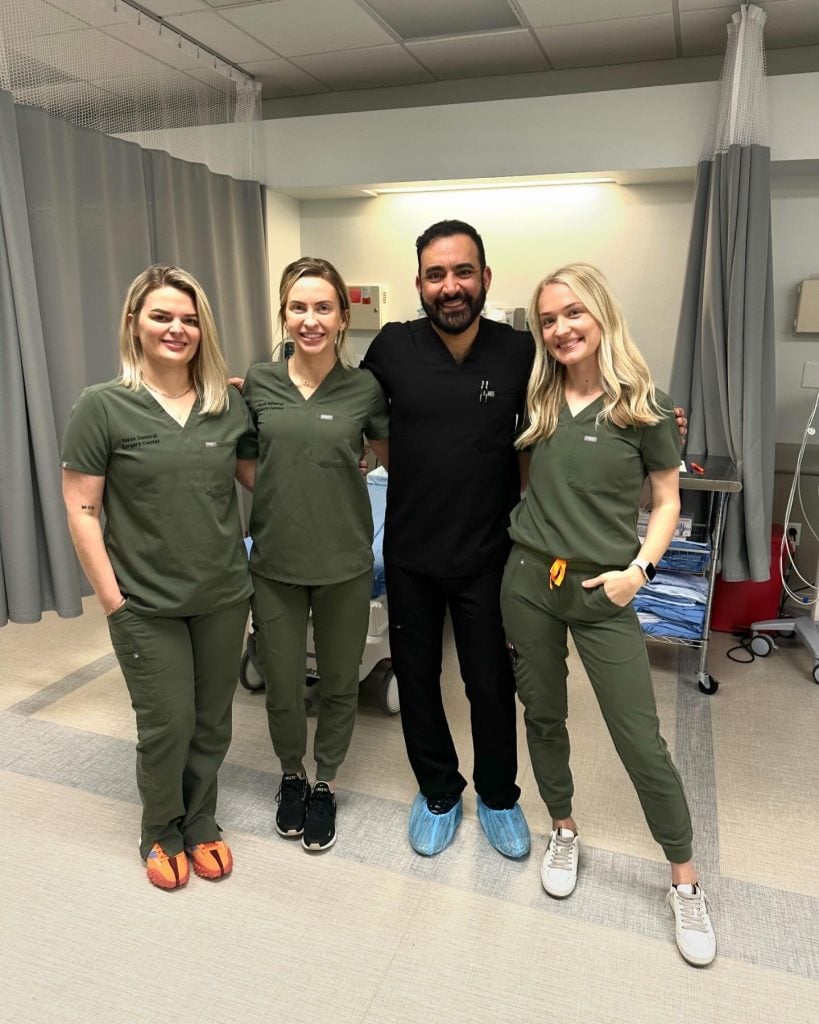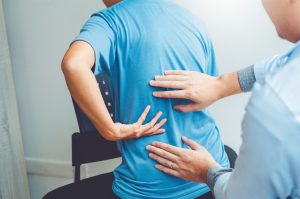Lower back pain is a prevalent disease that affects people of all ages and lifestyles. It can be caused due to different factors, including muscle strain, improper posture, or injury, and can significantly impact your ability to perform daily activities, reducing your quality of life. In fact, studies show that approximately eight out of 10 adults experience lower back pain at some point in their lives, with many experiencing significant discomfort. However, there are effective home remedies that can provide relief for most people suffering from lower back pain.
Understanding The Most Effective Home Remedies For Lower Back Pain
Lower back pain can cause ongoing discomfort that can affect your daily routine. It can be caused by injury, improper posture, or overuse. While there are various medical treatments available for lower back pain, some simple home remedies can also be effective in relieving pain and discomfort. However, if these home remedies do not work, seeking medical attention from a healthcare provider for further treatment and possible referral to a spine specialist is advisable. Here are some effective home remedies that can help alleviate lower back pain.
- Over-The-Counter Pain Relievers
Over-the-counter (OTC) pain relievers like acetaminophen and ibuprofen can help alleviate lower back pain. Ibuprofen is a non-steroidal anti-inflammatory drug that helps reduce pain and inflammation, while acetaminophen only relieves discomfort and not inflammation.
Additionally, OTC skin ointments, creams, or patches designed for pain relief may also be effective. Most of these topical products contain ingredients that temporarily numb the affected area in your lower back. However, it is essential to follow the recommended dosage and avoid taking these medications for an extended period, as they can have side effects.
- Hot And Cold Therapy
Hot and cold therapy is a simple yet effective home remedy for relieving lower back pain. Placing a hot compress on the affected area can improve blood flow and ease muscle strain, while cold therapy can reduce inflammation and swelling.
You can use a heating pad for hot therapy and a cold pack or ice wrapped in a cloth or towel for cold therapy. Alternating between hot and cold therapy for 15-20 minutes each, several times a day is recommended.
- Proper Posture
Maintaining proper posture is crucial for preventing back pain. Slouching or hunching over strains your back muscles, leading to pain. Instead, sitting up straight, standing with your shoulders back, and keeping your feet flat on the floor can relieve strain on your back and prevent discomfort.
- Gentle Exercise
Gentle exercises such as stretching, walking, and yoga can also help alleviate lower back pain. Walking improves blood flow and eases muscle strain, while yoga and stretching increase flexibility and strengthen muscles. However, it is important to start with mild exercises and avoid any movements that cause discomfort or pain. It is also recommended to consult a specialist before beginning any exercise routine.
- Lifestyle Changes
In addition to the home remedies mentioned above, making small but impactful lifestyle changes can also help alleviate back pain. For example, if you are overweight, losing weight can reduce pressure on your back muscles. Quitting smoking can also improve circulation and lessen inflammation. Avoiding high heels and wearing supportive, comfortable shoes can relieve pressure on your back and reduce pain.
- Stretching
Stretching is another effective method for easing and preventing back pain. Mild stretching exercises can increase flexibility and relieve stiffness in the back muscles. Some useful back pain stretches include calf, hamstring, and lower back stretches. It’s important to perform stretches slowly and carefully to avoid further injury. If you’re unsure about which stretches to do, consult a healthcare provider or physical therapist.
How To Manage Lower Back Pain?
Managing lower back pain usually requires a multi-faceted approach. Depending on the underlying reason for the pain, healthcare providers may recommend trying home remedies initially. However, if at-home treatments don’t work, medical therapies such as physical therapy or spinal injections may be advised by a certified spine specialist.
Physical therapy is a type of treatment that involves stretches, exercises, and manual techniques to help alleviate pain and improve mobility. A licensed physical therapist can create a customized treatment plan based on your specific needs and condition. Some common physical therapy methods for lower back pain include:
- Manual Therapy: This involves hands-on techniques such as mobilization, massage, or manipulation to help relieve pain and improve mobility.
- Flexibility exercises: These exercises focus on improving flexibility and range of motion, which can help to reduce stiffness and pain.
- Core Strengthening: Strengthening your core muscles can help support your spine and reduce pain. Your physical therapist may prescribe exercises like bridges, planks, or abdominal crunches.
- Aerobic Exercise: Low-impact aerobic activities like walking, swimming, or cycling can help improve cardiovascular fitness and alleviate pain.
How Can You Prevent Lower Back Pain?
You can usually prevent or ease lower back pain by making changes to your lifestyle or daily habits. Two of the most effective methods to prevent low back pain are to exercise properly and maintain a healthy diet, which can help develop a strong core and minimize pain in the lower back. Additionally, to prevent back pain and improve your daily habits, you can:
- Avoid carrying excessive loads on your back and bend your knees when lifting heavy items.
- Maintain a healthy weight.
- Consistently exercise, incorporating both core strengthening and stretching exercises.
- Use ergonomic chairs that support and promote good posture.
- Consume a nutrient-rich diet with adequate amounts of vitamin D, calcium, and phosphorus to promote healthy bones.
- Wear properly fitting footwear that supports good posture.
- Sleep on your side or use a supportive pillow under your stomach or knees if you sleep on your back or stomach.
Can Bad Posture Induce Back Pain?
Poor posture can unnecessarily strain your hips, shoulders, and lower back, leading to discomfort and pain. Over time, bad posture can even cause chronic lower back pain. It may feel uncomfortable to correct your posture, but it is crucial to prevent injuries that can induce back pain. Proper posture feels more natural over time and can reduce lower back pain. Below are a few simple adjustments to improve your sitting posture:
- Engage your core muscles to hold your spine upright.
- Move your shoulders down and away from your ears to avoid tension.
- Keep a head position that’s in line with your upper body to avoid straining your neck ahead.
- Stand with your weight divided evenly across both your feet and feet shoulder-width apart.
- Sit flat on the floor and avoid crossing your legs to maintain proper alignment.
Final Words
Lower back pain can be a significant hindrance to daily life, but there are numerous methods available to manage and prevent it. Practicing proper posture, engaging in regular exercise, and maintaining a healthy diet are simple lifestyle changes that can reduce the risk of lower back pain. It is best to consult a healthcare provider before starting any treatment plan for lower back pain.
At NorTex Spine & Joint Institute, our team of spine experts is dedicated to helping patients find relief from lower back pain. We use a range of diagnostic tools and treatments to identify and address the root cause of the pain, with the ultimate goal of restoring mobility and quality of life. Contact us today to book a session and begin your journey to a pain-free life.







